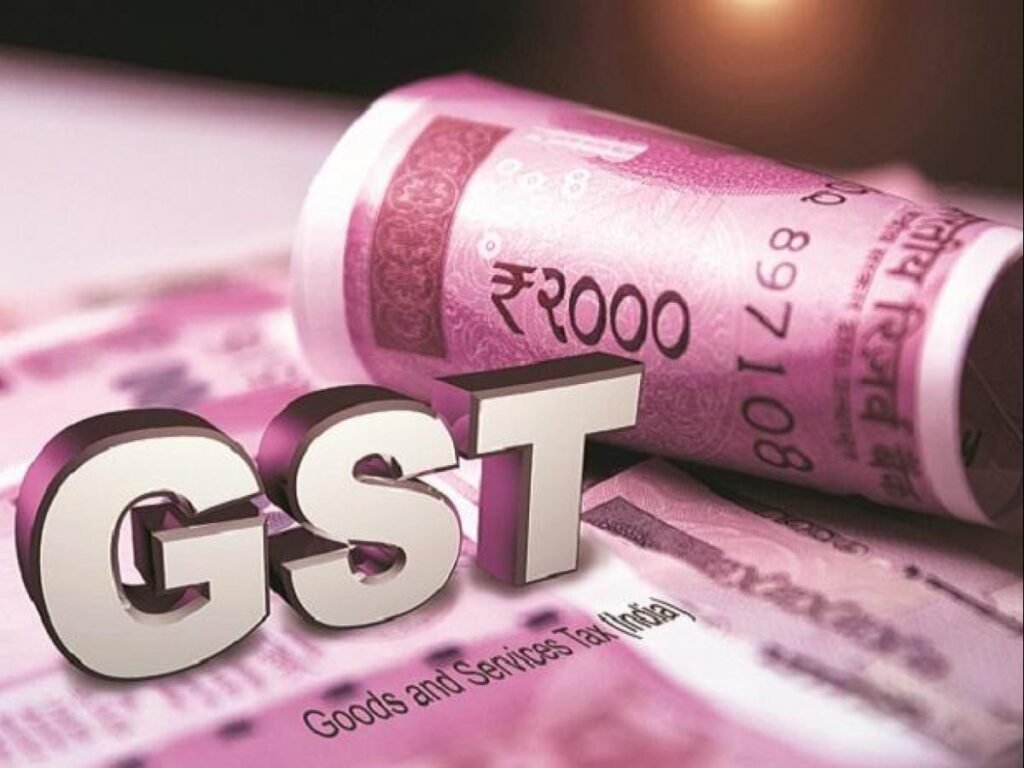GST Compensation Amount, 6000 Crores Given To 16 States
GST compensation amount started, 6000 crores given to 16 states. To compensate for GST compensation, the Center has started borrowing. But the states with the opposition parties have still not reached a full agreement in this matter.
According to the Finance Ministry, as a first part of GST compensation, the Center borrowed Rs 6000 crore and gave it to 16 states.
According to the Finance Ministry, the Government of India has made special borrowing arrangements to meet the shortfall in GST collections during FY 2020-21.
According to the Finance Ministry, 21 states and two union territories have given their consent to receive compensation under this special arrangement.
According to the Finance Ministry, the Center has borrowed at an interest rate of 5.19 percent. According to the Finance Ministry, Rs 6000 crore can be given weekly to the states. The duration of this borrowing of the center is expected to be 3 to 5 years.
Of the 16 states which have been given Rs 6000 crore, Andhra Pradesh, Assam, Bihar, Goa, Gujarat, Haryana, Himachal Pradesh, Karnataka, Madhya Pradesh, Maharashtra, Meghalaya, Orissa.
Tamil Nadu, Tripura, Uttar Pradesh, Uttarakhand and two centers. The territories are Delhi and Jammu and Kashmir. There is no liability for the five states under GST compensation.
Chhattisgarh’s Commercial Tax Minister T.S. Singh Deo said that the central government has agreed to meet the gap in the GST compensation amount for the first half of the current financial year.
While the Congress and other opposition parties state that the central government should compensate for the entire financial year.
There is good news between the corona virus epidemic and the economy struggling with lockdown restrictions. India’s foreign exchange reserves have reached an all-time high. India’s foreign exchange reserves have reached a record level of $ 555.12 billion.
The foreign exchange reserves have increased by $ 3.615 billion in the week ending October 16, reaching an all-time high. This information has been obtained from the Reserve Bank of India data.




